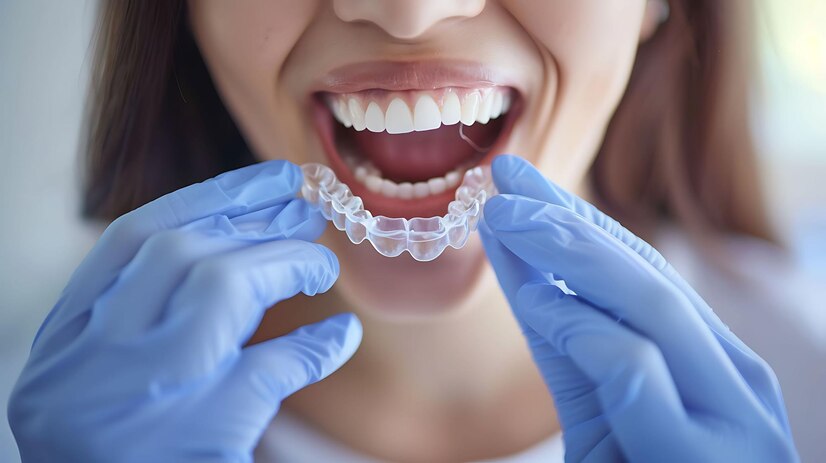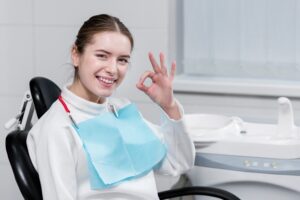Your teeth and the rest of your body will keep evolving for the remainder of your life. This is why you must wear your retainer as advised by our Orthodontists in Puyallup WA once your treatment is over. Discover the other reasons for wearing your retainer following orthodontic treatment by reading on.
Once your braces are taken off, we can better appreciate your reluctance to wear another mouth item. On the other hand, improper wearing of your retainer will cause your teeth to progressively move into their natural alignment.
Although at first you might not see your teeth moving, as time changes, it becomes increasingly obvious. If you haven’t worn your retainer in a few days, for instance, it could feel tight and uncomfortable. As long as you routinely use your retainers, they will fit.
The surrounding jawbone helps to somewhat hold your teeth in place. Your jawbone typically softens or vanishes during orthodontic therapy, so teeth may migrate into their correct places.
You must wear orthodontic retainers once you stop wearing metal braces or Invisalign to help hold your teeth in place while fresh bone is deposited. Your body needs nine to twelve months to grow sufficient bone to stabilize teeth.
Twelve months should have seen enough fresh bone deposited around your teeth to maintain their stability.
Indeed, following Invisalign treatment, you will have to wear a retainer. The outcome is the same even though Invisalign moves teeth differently than braces. Following any type of tooth alignment, you will have to wear retainers.
There are two main kinds of retainers: fixed and detachable. Your particular dental condition will determine the kind of retainer you are given, but it is not unusual for people to get both. For the front teeth, for instance, a detachable retainer; for the bottom, a fixed retainer.
They are exactly what they are—removable retainers. Our orthodontists will let you know exactly how long you will need to wear your retainer full-time and then how often it should be used long-term. You must make sure to follow the directions on cleaning the retainer.
Fixed retainers are fastened to your teeth in an invisible manner, say on the rear of your teeth. Extra care will be needed with this kind of retainer since it cannot be taken off to eliminate food particles and stop periodontal problems.
Just call our office to make an appointment should you misplace your retainer. Whether the dog ate your retainer or you unintentionally dropped it on your lunch plate, we can get you fitted for a new retainer right away to prevent losing the advancement achieved with orthodontic treatment. We will imprint your teeth during your visit to make a new retainer.
If you haven’t worn your retainer as often as our orthodontists advised or recently, it could feel tight. This is so because your teeth start moving toward their natural locations very slowly. As you age, your teeth naturally move a little.
See one of our orthodontists if your retainer seems quite tight. Try not to shove the appliance between your teeth.




